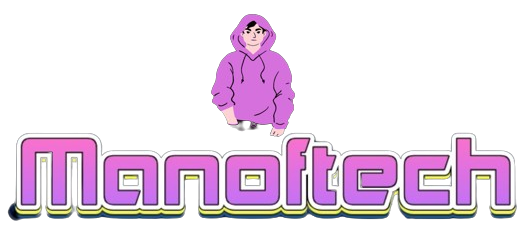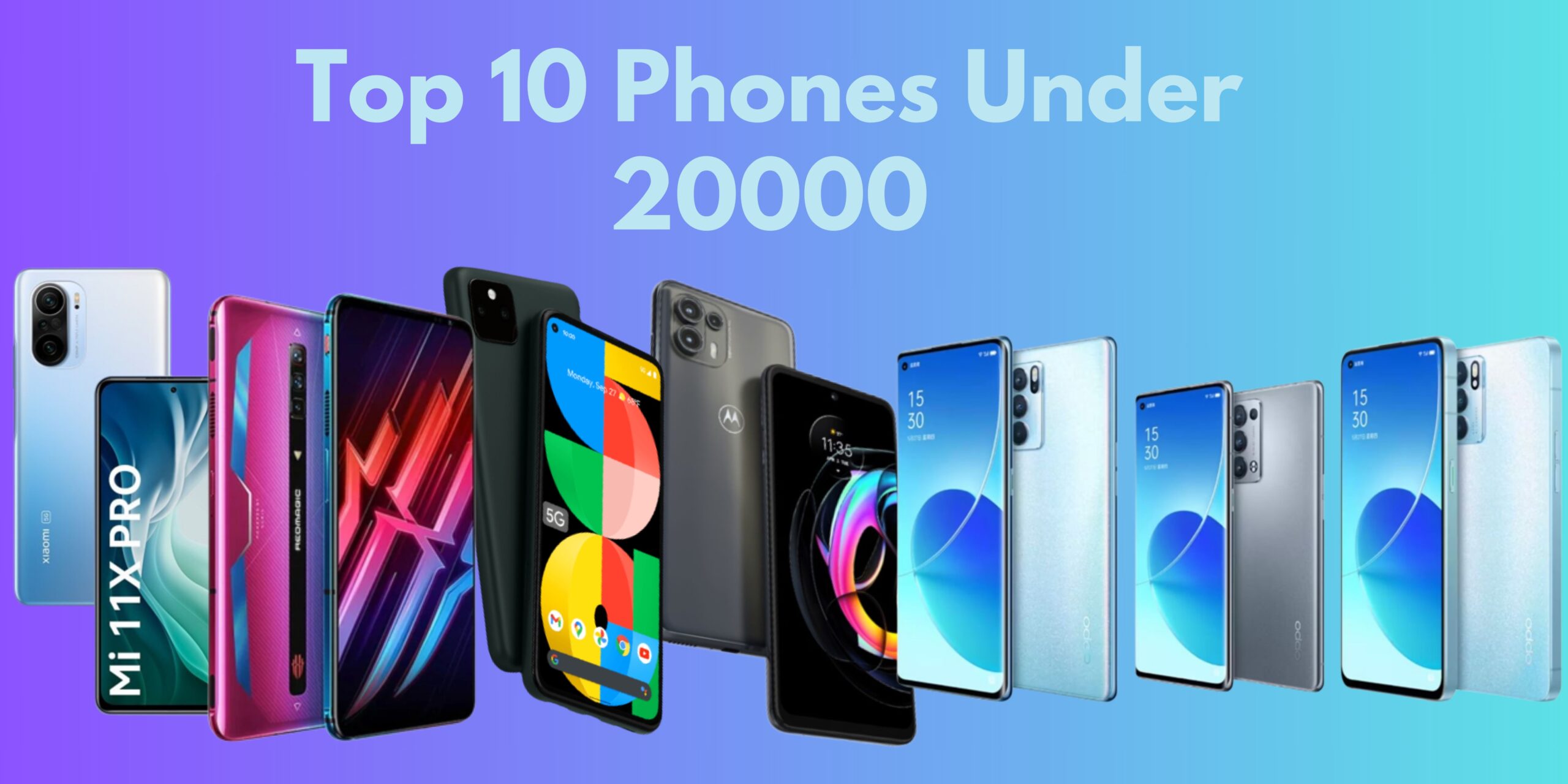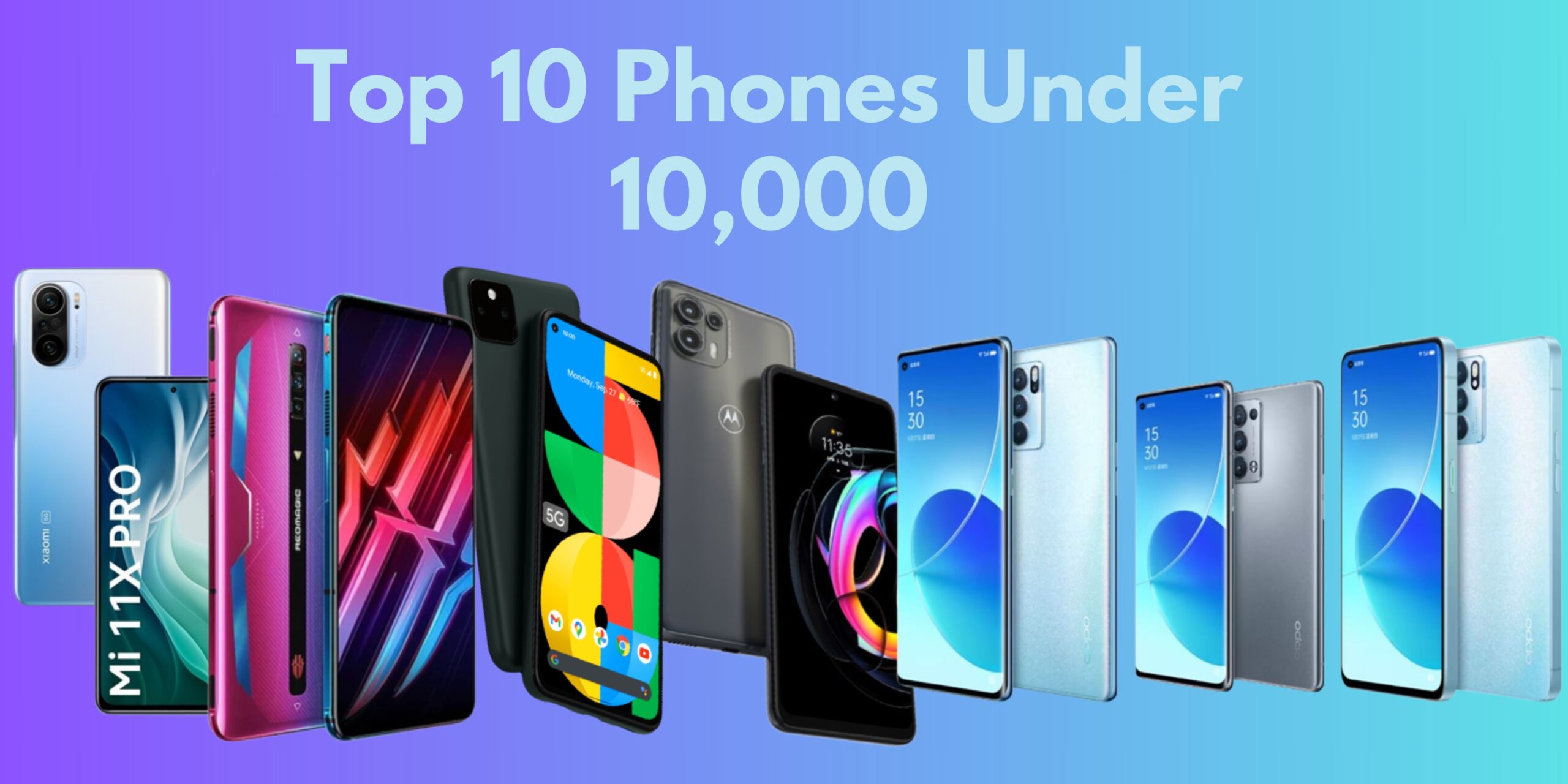The advent of 3D holography has ushered in a new era in entertainment, pushing the boundaries of visual storytelling and immersive experiences. This cutting-edge technology goes beyond traditional displays, creating three-dimensional holographic projections that captivate audiences.
In this article, you will find out about the profound impact of 3D holography on the entertainment industry.
1. Holographic Concerts and Performances
Immersive Live Experiences: 3D holography has revolutionized live performances, enabling artists to create holographic versions of themselves that appear on stage. This innovation allows audiences to witness lifelike performances from iconic artists, even posthumously, creating an emotionally charged and immersive concert experience.
Virtual Collaboration and Global Accessibility: Holographic technology facilitates virtual collaborations between artists, regardless of geographical distances. This not only expands creative possibilities but also provides a means for artists to connect with fans globally without physical presence, overcoming logistical challenges.
The evolution of holographic concerts began with the groundbreaking performance of Tupac Shakur at the Coachella Valley Music and Arts Festival in 2012. The holographic projection of the late rapper took the stage alongside live performers, captivating the audience and sparking widespread interest in the potential of holographic technology in the music industry.
Since then, several artists have explored holographic concerts as a means of extending their reach and creating unique experiences. The holographic format allows for the recreation of iconic moments from an artist’s career or the realization of performances that were never possible in the physical realm. For example, the legendary opera singer Maria Callas was brought back to the stage in a holographic performance at the London Coliseum, showcasing the versatility of holography across genres.
Beyond solo performances, holographic technology has facilitated virtual collaborations between artists. This has become particularly relevant in an era where international travel can be challenging, enabling artists to come together virtually and deliver collaborative performances. The Global Hologram Collaboration, featuring artists from different parts of the world sharing a holographic stage, exemplifies the global accessibility made possible by holographic technology.
2. Enhanced Visual Effects in Film and Television
Realistic Holographic Characters: In filmmaking and television, 3D holography opens up avenues for the creation of realistic holographic characters. This technology allows filmmakers to seamlessly integrate computer-generated holograms with live-action scenes, enhancing storytelling possibilities and visual effects.
Immersive Storytelling Techniques: Directors can leverage holographic technology to immerse audiences in the narrative. By projecting holographic elements into physical spaces, filmmakers can create a heightened sense of presence, blurring the line between the on-screen world and the audience’s reality.
The incorporation of 3D holography in film and television represents a paradigm shift in visual storytelling. Filmmakers and content creators now can introduce lifelike holographic characters seamlessly into live-action scenes. This opens up new avenues for storytelling, enabling the creation of fantastical worlds and characters that coexist with real actors.
One notable example of this integration is the use of holography in the “Star Wars” franchise. The iconic character Princess Leia’s holographic message to Obi-Wan Kenobi in the original trilogy has become a defining moment in cinematic history. With advancements in technology, filmmakers can now expand on this concept, bringing holographic characters to life in ways that were previously limited to the realm of science fiction.
The immersive storytelling techniques made possible by holography extend beyond the confines of traditional screens. Filmmakers can project holographic elements into physical spaces, allowing audiences to interact with characters and objects as if they were part of the real world. This blurring of the virtual and physical realms enhances the overall cinematic experience, creating a sense of wonder and engagement.
3. Interactive Gaming and Augmented Reality (AR)
Holographic Gaming Environments: In the gaming industry, 3D holography introduces a new dimension to interactive gameplay. Gamers can experience holographic environments and characters that respond dynamically to their movements, offering a level of immersion previously unseen in traditional gaming experiences.
AR Applications in Entertainment: Augmented Reality (AR) applications leverage 3D holography to overlay digital content in the real world. This technology enhances interactive entertainment experiences, from location-based AR games to interactive museum exhibits, blurring the boundaries between the physical and digital realms.
The intersection of 3D holography and the gaming industry has given rise to groundbreaking innovations in interactive entertainment. Gaming environments are no longer confined to the constraints of screens but extend into physical spaces through holographic projections. This evolution marks a paradigm shift in how gamers engage with virtual worlds.
Holographic gaming environments create a sense of presence and immersion, allowing players to interact with three-dimensional holographic elements as if they were part of the game world. This is particularly evident in applications like Microsoft’s HoloLens, where users can engage with holographic characters and objects in their real surroundings. The gaming experience becomes more tactile and visceral, breaking the barriers between the virtual and physical realms.
The integration of AR applications with 3D holography extends beyond gaming into various entertainment sectors. Location-based AR games, such as Pokemon Go, leverage holographic elements to enhance the user experience. Museums and cultural institutions use AR to bring exhibits to life, allowing visitors to interact with holographic representations of historical artefacts or figures.
4. Educational Holographic Experiences
Virtual Learning Environments: 3D holography has found applications in education, providing students with immersive learning experiences. Holographic displays allow educators to present complex subjects in a visually engaging manner, making educational content more accessible and memorable.
Interactive Anatomy and Simulations: In medical education, holography enables the creation of interactive 3D models for anatomy lessons and surgical simulations. This hands-on approach enhances understanding and skill development in a risk-free virtual environment.
The incorporation of 3D holography in education has the potential to revolutionize the learning experience. Traditional teaching methods often rely on two-dimensional visuals or abstract concepts, making it challenging for students to grasp complex subjects. Holographic technology addresses this limitation by bringing educational content to life in three dimensions.
In virtual learning environments, educators can use holographic displays to present subjects ranging from biology to astronomy more engagingly and interactively. For example, a biology lesson can involve a three-dimensional holographic model of a cell, allowing students to explore its structures and functions in detail. This immersive approach enhances comprehension and retention of educational content.
Medical education benefits significantly from holographic technology. Interactive anatomy lessons using holographic models provide students with a more realistic and hands-on learning experience. Surgical simulations, where students can practice procedures on holographic patients, contribute to skill development in a controlled and virtual environment. This not only enhances the training of medical professionals but also has the potential to improve patient outcomes through better-prepared healthcare practitioners.
5. Holographic Advertising and Branding
Innovative Marketing Campaigns: Brands are leveraging 3D holography for innovative advertising campaigns that capture consumer attention. Holographic displays in retail spaces or at events create memorable brand experiences, fostering a deeper connection with the audience.
Product Demonstrations and Showcases: Holographic technology allows for virtual product demonstrations and showcases. This is particularly impactful for industries such as automotive, where 3D holography can bring car models to life, showcasing features in a visually compelling way.
The use of 3D holography in advertising and branding has redefined how companies engage with consumers. Traditional advertising methods often struggle to stand out in a saturated market, but holographic displays offer a novel and attention-grabbing way to showcase products and convey brand messages.
Innovative marketing campaigns leverage holographic displays to create immersive and memorable brand experiences. Retail spaces, trade shows, and events become stages for holographic storytelling, where brands can communicate their values and products in a visually stunning manner. This form of experiential marketing not only attracts attention but also leaves a lasting impression on consumers.
Product demonstrations and showcases using holographic technology provide a dynamic and interactive way for consumers to explore products. In industries like automotive, where visual appeal and features are crucial selling points, holographic displays can bring virtual car models to life. Consumers can interact with holographic representations of vehicles, exploring design details and experiencing features in a visually compelling manner.
6. Architectural Visualization and Design
Holographic Prototyping: Architects and designers use 3D holography for prototyping and visualizing architectural concepts. Holographic representations of buildings and landscapes provide a more tangible and immersive understanding of spatial designs.
Client Presentations and Collaborations: Presenting architectural projects using holographic technology enhances client presentations. Stakeholders can explore and interact with holographic models, fostering better communication and collaboration in the design process.
Architectural visualization and design benefit immensely from the incorporation of 3D holography. Traditional blueprints and digital renderings, while informative, may not fully convey the spatial experience of a designed structure. Holographic prototyping addresses this limitation by providing architects and designers with a more immersive tool for conceptualizing and presenting their ideas.
Holographic prototyping allows architects to create three-dimensional holographic models of buildings and landscapes. This enables a more comprehensive understanding of spatial relationships, proportions, and design elements. Clients and stakeholders can explore these holographic models from different angles, gaining a realistic sense of the proposed project.
Client presentations in the architectural and design industries are elevated through the use of holographic technology. Architects can showcase their designs more interactively and engagingly, allowing clients to virtually walk through spaces and experience the design firsthand. This level of immersion enhances communication between designers and clients, ensuring that expectations align with the final product.
Collaboration within design teams is also enhanced through holographic technology. Designers can collaborate in real time, manipulating holographic models collectively. This fosters a more dynamic and efficient design process, where ideas can be visualized and refined collaboratively.
7. Virtual Reality (VR) Integration
Seamless VR Experiences: 3D holography integrates seamlessly with virtual reality (VR), offering users a more immersive and interactive experience. VR headsets can be paired with holographic technology to create virtual worlds where users can engage with holographic elements.
Cross-Reality Interactions: The convergence of holography and VR enables cross-reality interactions, where users in physical spaces and virtual environments can share experiences. This extends the possibilities for social interactions, events, and collaborative activities in mixed-reality settings.
The integration of 3D holography with virtual reality (VR) marks a significant advancement in immersive technologies. Combining holography with VR headsets enhances the depth and realism of virtual experiences, creating a seamless blend of the physical and digital worlds.
Seamless VR experiences with holographic elements allow users to interact with three-dimensional objects and characters in virtual environments. This level of immersion goes beyond traditional VR experiences, providing a more tactile and visually engaging interaction. For example, users can manipulate holographic objects with their hands, adding a layer of interactivity that enhances the overall VR experience.
The convergence of holography and VR also gives rise to cross-reality interactions, where users in physical spaces and virtual environments can share experiences. This concept expands the possibilities for social interactions, collaborative activities, and events that bridge the gap between the real and virtual worlds. Users wearing VR headsets can see and interact with holographic representations of others, fostering a sense of presence and connection.
The impact of 3D holography on entertainment is nothing short of transformative. From holographic concerts that resurrect legends to immersive gaming experiences, interactive educational content, architectural visualization, and advertising, this technology has reshaped how audiences engage with visual media. As 3D holography continues to evolve, its influence on the entertainment landscape is set to grow, offering new dimensions of creativity and storytelling that push the boundaries of what is possible in the digital realm.
The evolution of 3D holography has not only expanded the creative possibilities within individual sectors but has also fostered cross-disciplinary innovations. The convergence of holography with technologies like VR, AR, and gaming has created synergies that redefine the boundaries of entertainment and user engagement.
Looking ahead, the continued development of 3D holography holds the promise of even more immersive and realistic experiences. Advancements in display technology, computational power, and content creation tools will contribute to pushing the boundaries of what holography can achieve. As holographic technology becomes more accessible and refined, it will likely become an integral part of various aspects of our daily lives, from entertainment and education to business and communication.
The impact of 3D holography in entertainment transcends the visual spectacle; it represents a paradigm shift in how we perceive and interact with the digital realm. The journey from holographic concerts to architectural prototyping demonstrates the versatility and transformative potential of this technology. As we navigate the future, the holographic landscape is poised to redefine not only how we entertain ourselves but also how we learn, collaborate, and experience the world around us. The holographic revolution is underway, and its influence on the entertainment industry is set to leave an indelible mark on the way we experience and engage with the realms of imagination and reality.


